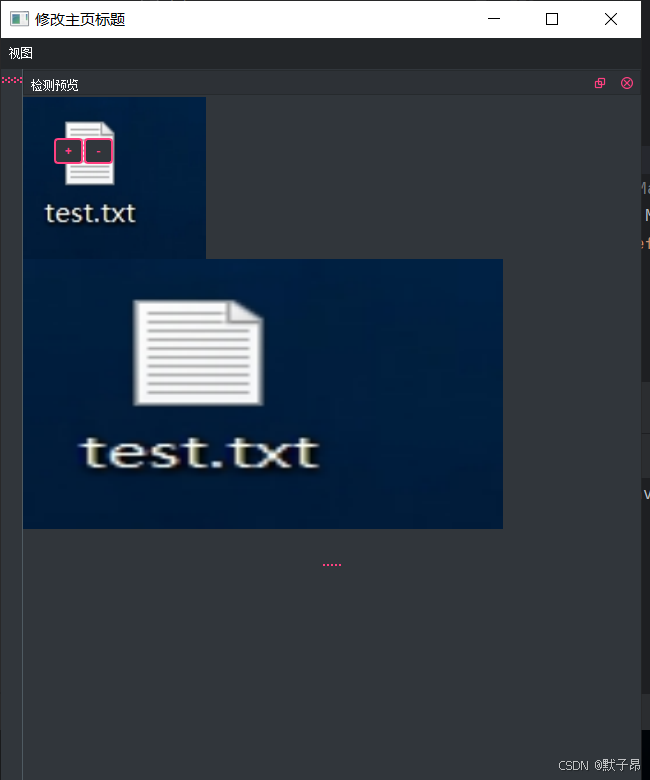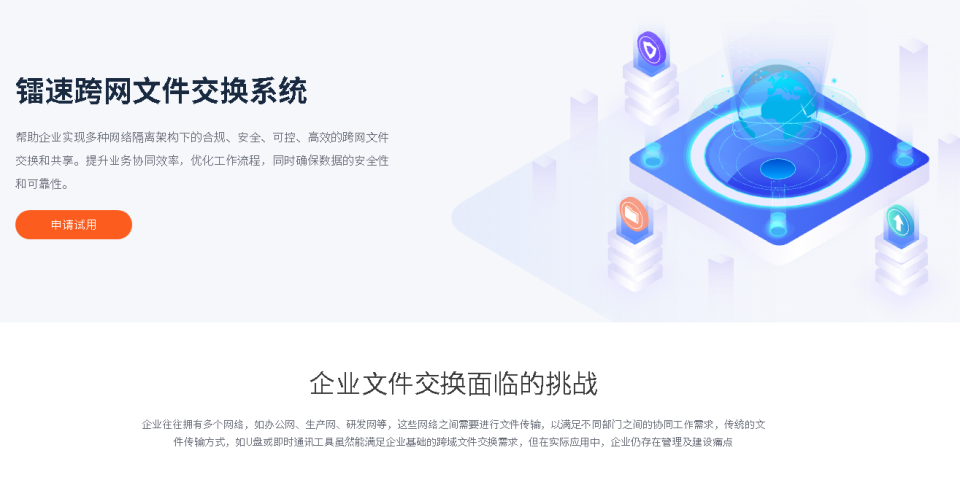✨作者主页:IT研究室✨
个人简介:曾从事计算机专业培训教学,擅长Java、Python、微信小程序、Golang、安卓Android等项目实战。接项目定制开发、代码讲解、答辩教学、文档编写、降重等。
☑文末获取源码☑
精彩专栏推荐⬇⬇⬇
Java项目
Python项目
安卓项目
微信小程序项目
文章目录
- 一、前言
- 二、开发环境
- 三、系统界面展示
- 四、代码参考
- 五、论文参考
- 六、系统视频
- 结语
一、前言
近年来,我国旅游业蓬勃发展,内蒙古作为独具特色的旅游目的地,吸引了越来越多游客的关注。据内蒙古自治区文化和旅游厅统计,2022年内蒙古接待国内外游客1.16亿人次,同比增长35.7%;实现旅游收入1089.5亿元,同比增长41.2%。这一数据表明,内蒙古旅游市场潜力巨大,发展前景广阔。然而,随着游客数量的增加,如何为游客提供全面、准确的旅游信息,成为亟待解决的问题。调查显示,超过70%的游客在出行前会通过网络搜索目的地信息,但现有的信息平台往往存在数据分散、更新不及时、缺乏个性化推荐等问题。与此同时,大数据技术的快速发展为解决这些问题提供了新的思路。据中国信通院发布的《大数据白皮书(2022年)》显示,2021年我国大数据产业规模达到8180亿元,同比增长16.0%。在这一背景下,开发一个内蒙古旅游景点数据分析系统,利用大数据技术对旅游市场进行全面分析,具有重要的现实意义。
内蒙古旅游景点数据分析系统的开发和应用将在多个方面发挥重要作用。对旅游景点管理者来说,系统提供的数据分析结果能够指导他们制定更有针对性的营销策略,提高景点知名度和游客满意度。从政府监管角度看,该系统可以为制定相关政策提供数据支持,促进旅游业的健康发展。通过爬取和分析大量旅游数据,该系统还能揭示市场趋势和潜在机会,为旅游产业投资者提供决策参考。总的来说,这个内蒙古旅游景点数据分析系统将整合多方面的数据和功能,为旅游市场的各个参与者创造价值,推动内蒙古旅游业向着更加智能、高效和可持续的方向发展。
二、开发环境
- 开发语言:Python
- 数据库:MySQL
- 系统架构:B/S
- 后端:Django
- 前端:Vue
三、系统界面展示
- 内蒙古旅游景点数据分析系统界面展示:




四、代码参考
- 项目实战代码参考:
class TourismSpider:
def __init__(self, base_url):
self.base_url = base_url
def fetch_page(self, url):
response = requests.get(url)
return BeautifulSoup(response.content, 'html.parser')
def parse_scenic_spot(self, spot_element):
name = spot_element.find('h3', class_='spot-name').text.strip()
location = spot_element.find('span', class_='location').text.strip()
description = spot_element.find('p', class_='description').text.strip()
rating = float(spot_element.find('span', class_='rating').text.strip())
return {
'name': name,
'location': location,
'description': description,
'rating': rating,
}
@transaction.atomic
def crawl_and_save(self):
page = 1
while True:
url = f"{self.base_url}/page/{page}"
soup = self.fetch_page(url)
spot_elements = soup.find_all('div', class_='scenic-spot')
if not spot_elements:
break
for element in spot_elements:
spot_data = self.parse_scenic_spot(element)
ScenicSpot.objects.create(**spot_data)
page += 1
def data_visualization(request):
# 景点地点分布统计
location_distribution = ScenicSpot.objects.values('location').annotate(count=Count('id'))
# 景点浏览人数统计
view_count_distribution = ScenicSpot.objects.values('name', 'view_count').order_by('-view_count')[:10]
# 用户年龄分布统计
age_distribution = User.objects.values('age').annotate(count=Count('id'))
# 用户性别统计
gender_distribution = User.objects.values('gender').annotate(count=Count('id'))
# 生成景点地点分布图
plt.figure(figsize=(10, 6))
locations = [item['location'] for item in location_distribution]
counts = [item['count'] for item in location_distribution]
plt.bar(locations, counts)
plt.title('景点地点分布')
plt.xlabel('地点')
plt.ylabel('景点数量')
plt.xticks(rotation=45, ha='right')
# 将图表转换为base64编码
img_location = io.BytesIO()
plt.savefig(img_location, format='png', bbox_inches='tight')
img_location.seek(0)
location_img = base64.b64encode(img_location.getvalue()).decode()
# 生成用户年龄分布图
plt.figure(figsize=(10, 6))
ages = [item['age'] for item in age_distribution]
age_counts = [item['count'] for item in age_distribution]
plt.bar(ages, age_counts)
plt.title('用户年龄分布')
plt.xlabel('年龄')
plt.ylabel('用户数量')
img_age = io.BytesIO()
plt.savefig(img_age, format='png', bbox_inches='tight')
img_age.seek(0)
age_img = base64.b64encode(img_age.getvalue()).decode()
context = {
'location_distribution': location_distribution,
'view_count_distribution': view_count_distribution,
'age_distribution': age_distribution,
'gender_distribution': gender_distribution,
'location_img': location_img,
'age_img': age_img,
}
return render(request, 'data_visualization.html', context)
五、论文参考
- 计算机毕业设计选题推荐-内蒙古旅游景点数据分析系统论文参考:

六、系统视频
内蒙古旅游景点数据分析系统项目视频:
大数据毕业设计选题推荐-内蒙古旅游景点数据分析系统-Hive-Hadoop-Spark
结语
大数据毕业设计选题推荐-内蒙古旅游景点数据分析系统-Hive-Hadoop-Spark
大家可以帮忙点赞、收藏、关注、评论啦~
源码获取:⬇⬇⬇
精彩专栏推荐⬇⬇⬇
Java项目
Python项目
安卓项目
微信小程序项目



















